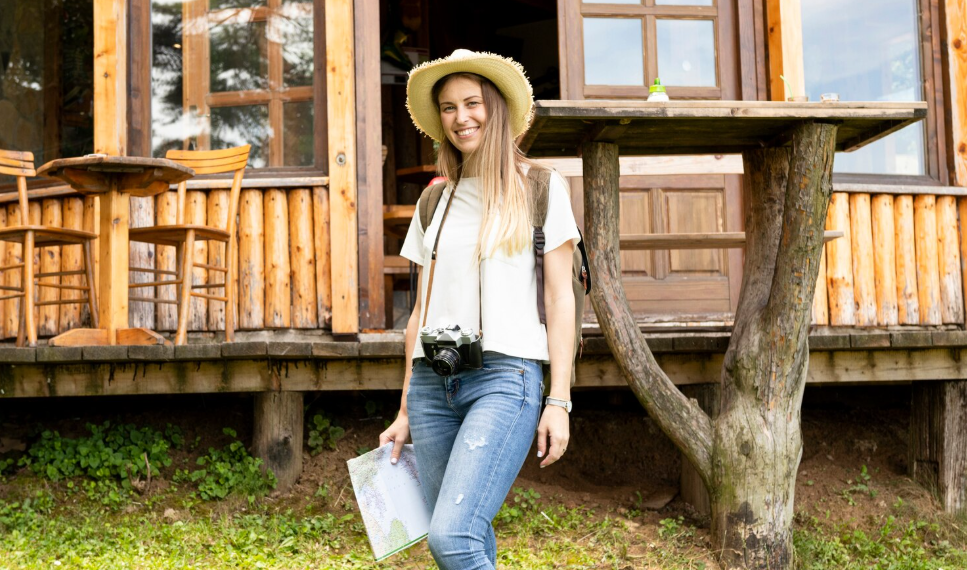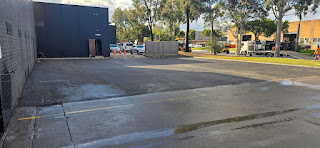Log cabins are a cherished part of American heritage, offering rustic charm, warmth, and a deep connection to the outdoors. From the Appalachian foothills to the Rockies, these cabins represent a timeless style of living—one that blends simplicity with durability. But maintaining a log cabin is not just about aesthetics. The wooden structures that make cabins so unique also leave them vulnerable to certain environmental threats.
One of the most persistent challenges homeowners face is the quiet but destructive work of carpenter bees. Understanding how to spot early signs of damage and taking practical steps—like installing bee traps—can go a long way toward protecting the investment and character of your log home.
Why Log Cabins Are Vulnerable
Unlike conventional homes, log cabins are constructed almost entirely of natural wood. This makes them particularly susceptible to moisture, rot, and wood-boring insects. Seasonal changes in temperature and humidity can also cause cracks, which become easy entry points for pests.
While termites and carpenter ants often take center stage in pest discussions, carpenter bees are equally concerning. They don’t eat the wood but tunnel into it, creating galleries that weaken structural beams, porches, and siding. Over time, the damage can compromise both the integrity and appearance of a log cabin.
Signs of Carpenter Bees Invading a Log Cabin
Recognizing the early signs of an infestation is crucial for cabin owners. Here are a few indicators to watch for:
- Perfectly round holes about half an inch wide in logs, beams, or trim.
- Yellow or brown stains near the entry points caused by waste and pollen.
- Buzzing activity around eaves, porches, or exposed wooden beams during spring and summer.
These seemingly minor clues often signal the beginning of carpenter bees invading log cabins. If left untreated, the tunnels inside can extend several feet into the wood, compounding the damage year after year.
Preventive Measures for Long-Term Cabin Care
1. Seal and Treat Logs
A protective finish—such as paint, stain, or clear sealant—can make logs less attractive to carpenter bees. Treated wood resists not only pests but also moisture and UV damage. Regularly reapplying finishes every few years is a proactive step every log cabin owner should consider.
2. Install Carpenter Bee Traps
For those who prefer not to alter the natural appearance of their log cabins with heavy finishes, bee traps are an effective alternative. Knowing how and where to place these traps—under eaves, near porches, and close to visible holes—prevents carpenter bees from expanding their colonies.
Specialized providers like Bees N Things design durable, patented traps that blend practicality with ease of use, helping homeowners manage infestations without resorting to harsh chemicals.
3. Fill Existing Holes
Once holes are identified, filling them with wood putty or specialized plugs prevents bees from reusing the same tunnels. It also restores strength to the logs and reduces the likelihood of larvae surviving inside.
4. Regular Structural Inspections
Cabin owners should inspect logs and beams at least twice a year for dips, cracks, or signs of infestation. Early detection is often the difference between a quick fix and costly repairs.
Preserving the Legacy of Log Cabin Living
Log cabins are more than just homes—they are part of the American story. Protecting them means balancing preservation of their rustic charm with practical strategies against modern threats. Carpenter bees are small, but the damage they cause can grow into a major problem if ignored.
By sealing wood, keeping up with inspections, and strategically placing traps, homeowners can ensure that their cabins remain strong, beautiful, and welcoming for generations to come. And for those seeking reliable solutions, exploring options like the traps offered by Bees N Things can provide peace of mind without sacrificing the natural look of their cabin.











